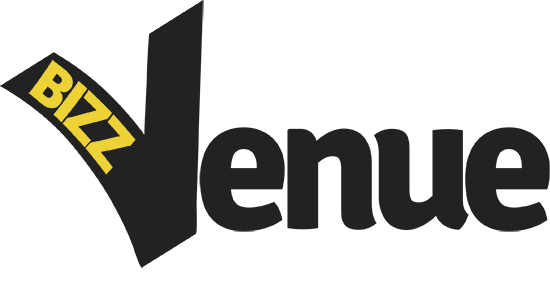
Whilst researching this article, I came across a handful of lists on the topic of job search resources. Most of these lists were very long, 70+ items. This made me decide to present a simplified, boiled down approach that gives proper weight to the necessary elements only. This could be incredibly helpful as 87% of companies are using social media now, so it’s important to use the right platforms.
By the time you hit the ‘J’ section of an alphabetized list of job search engines, some other yuppie might be on Twitter exchanging direct messages with the CEO of AwesomeCo.
So I would now like to present to you an orderly, efficient workflow for job search on the web.
First, let’s make sure that resume is tailored correctly
Services such as Jobscan.co and Resunate.com show how well your resume stacks up against the job description of the position you hope to apply for. Both services have free trials and the attributes they measure vary slightly. They break down what’s relevant, what’s missing, as well as what’s unnecessary. From there you can edit your resume into a more streamlined document that will help you get noticed. However, do not just copy/paste every keyword from your target job description because whoever lays eyes on your resume will know you’ve stuffed it.
Polish that resume first. That way when you begin outreach to potential employers, you have ground to stand on and it’s ready to be sent out at a moment’s notice.
Next, clean up your social media presence
On Facebook, untag all the party pics or at least only make them visible to a select group. Control who can tag you in photos. Same with status’ or tweets of questionable content: control who sees them or delete them. If you think the odds are in your favour that your social media profile is safe from scrutiny, think again.
Especially with Twitter, it is important to express interest in your career field by posting relevant articles and engaging in conversation with industry professionals (or at least attempting to). Employers seeking talented candidates to fill positions often scan for passive candidates, candidates not actively seeking employment from their company. This is where that cleaned up social media profile will come in handy. Instead of seeing your desperate @tweets to the Biebs, passive candidate seekers will see someone expressing interest and enthusiasm in their industry.
This doesn’t mean you should rid your feed of everything extra-curricular. Keep in the SFW humor, the selfies with scenic vistas, and the posts about things you feel passionately about. Employers want to know that you’re a living, breathing, feeling human with social skills and not a robot.
After that, you need to setup LinkedIn
LinkedIn is a drag but it should still be considered a pillar of your social media profile. 93% of recruiters report using it. At the very least, join industry groups, connect with industry professionals, and share industry articles and updates as you would on Twitter. In order to not be driven mad by email reminders, disable every single one immediately. LinkedIn gets a little clingy and that’s putting it nicely. My real feelings about LinkedIn are well summed up by the Bizzvenue team in this article, but I can’t deny that it helps increase visibility.
Now it’s money time, hunt down the job you desire
When it’s time to take an active approach to job seeking, the amount of options can be overwhelming. There are a handful of domain names synonymous with job search engines and they occupy the top spots on most relevant listicles.
- Careerbuilder.com: Seems to attract employers looking to fill positions with higher qualifications. Careerbuilder has a service that scans your resume for keyword job searches and lets you post up to five resumes.
- Monster.com: Has a lot of entry-level positions as well as some with higher qualifications. Monster also allows you to search international listings.
- Indeed.com: Has the widest variety of job types listed such as work-at-home, contract, volunteer, and seasonal positions.
Depending on the experience level of the job you’re looking for, focus your priorities on one of these sites. However, don’t ignore any of them entirely.
Niche job search sites are also viable options. A few examples include dice.com for the tech industry, idealist.org for non-profits, and coroflot.com for design.
You found the job, but is it all it’s hyped up to be?
So you’ve found a listing and now you want to know what people on the inside think of AwesomeCo. Glassdoor.com has a “Companies & Reviews” tab that allows you to find testimonies from employees or former employees of a company. These reviews are insightful and can be brutally honest. Think Ratemyprofessor.com minus the “hotness” metric.
There are many sites and services dedicated to the job-finding process, but I meant to keep this article brief. It’s easy to get overwhelmed when exploring options, so instead I hope you’re underwhelmed and level-headed.
If you’ve got a helpful job-finding tool that you think deserves more attention, please comment below.
______________
This guest post was written by Reed Parker. Reed writes about nothing in particular. He just wants to feel better about getting an English degree.
If you would also like to write a guest post and be featured on Bizzvenue.com, check out our “write for us” page.



